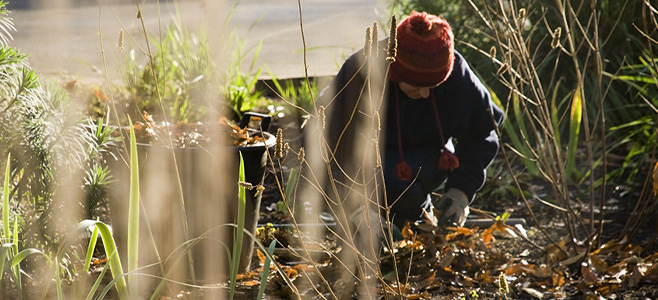
It used to be the only folks who could buy citrus trees online to plant in the ground were those who lived in USDA growing zones 9 and above, but that’s no longer the case. Now that you can find dwarf citrus for sale on Citrus.com, you don’t have to live in a warmer climate to grow your own navel oranges! And the option is open to more than those who want to buy lime and lemon trees – even olive trees can be kept in pots that can be moved indoors when the mercury falls.
But whether you’re looking for an orange tree online to plant in your backyard or citrus trees online that will thrive in a sunroom, if your tree lives outside at all, you need to be aware of how cold temperatures will affect it.
Minimum Temperatures for Citrus Trees
Before you’re ready to buy citrus trees, you should know how susceptible the different trees are to freezing temps. There are many variables that affect how trees will respond to fluctuations in temperature. Indeed, some trees harder to grow than others – for example, if you are a newbie to growing citrus, you may want to think twice before looking for Honeybell orange trees for sale. Honeybells are extremely sensitive to changes in temperature – in fact, even the slightest change in weather may reduce the quality of the fruit, while an early frost could devastate a crop.
It is difficult to pinpoint a threshold temperature at which it becomes necessary to protect citrus trees from freezing temperatures. There are many variables that can change and alter how trees will respond to these temperatures. Health of tree, temperatures before freezes occur and root stock, can effect how a tree can survive and at what temperatures they can sustain.
How Susceptible are Certain Trees to Cold Weather?
How long a citrus tree is exposed to sub-freezing temperatures can make or break its survival status. Even dwarf trees can be hardened through pre-conditioning to cold temperatures to halt their growth in the event they are left outside for too long.
There are four important factors for determining the susceptibility of citrus trees to cold weather:
- Type and age of the tree. Some citrus trees are more cold-hardy than others. All citrus trees grow hardier as they age, and healthy trees are hardier than diseased trees.
- The minimum temperature reached. Citrus plants should be protected when temperatures are expected to dip below 26°F.
- Length of exposure to sub-freezing temperatures. For most types of citrus trees, exposure to sub-freezing temperatures for more than two hours will likely cause fruit damage.
- Pre-conditioning to colder temps. How well the plant has become hardened or conditioned before freezing temperatures occur.
There is no benefit to pruning the plant if a freezing injury has occurred until spring growth begins. In fact, pruning might actually be counterproductive, as it tends to stimulate growth prior to the danger of freezing has passed.
Minimum Temperatures for Different Types of Citrus Trees
Citrus trees may require protection even in warmer climates, when temperatures drop toward freezing; protect trees when temperatures drop to 29-32°F or below for 30 minutes or more. In USDA zones 8 and below, potted trees should be moved indoors when cold weather threatens.
Here are some temperature thresholds for some of the most common citrus trees:
- Oranges. Oranges should be protected when frost and freezing weather is predicted. While they go dormant in winter, freezing will damage the fruit at 26-30° Young trees can be damaged or even die during frosts.
- Grapefruits. Grapefruit trees are very susceptible to cold weather. Grapefruits need warm weather to ripen, and should not be exposed to temperatures below 30°
- Lemons. Lemon trees do not go into dormancy, so freezing temperatures affect them more than other citrus trees. The fruit can be damaged when the temperature drops below 28°F, and blossoms will die at 29° The Meyer Lemon hybrid can handle short exposure to temperatures of 32°F before becoming damaged.
- Key Limes. While Key Lime Tees are vigorous, shrubby trees, they are very sensitive to frost. Protect lime trees when the forecast predicts temperatures dropping to 32°F or below
- Mandarin oranges, including Tangerines and Satsumas, are among the most tolerant of citrus trees. They can be grown in USDA Zone 8, and some varieties can even tolerate temperatures as low as 9°F for short periods
Remember, tropical trees favor tropical temperatures. Most dwarf varieties grow very well with a little care an attention – just be sure to do your homework first to ensure you give your tree its best chance at survival.
Related Links:
• How Long Does it Take a Tangerine Tree to Bear Fruit
• How to Plant & Grow an Avocado Tree
• How to Tell Different Citrus Apart
• 5 Fruit Trees That Can be Grown Indoors

